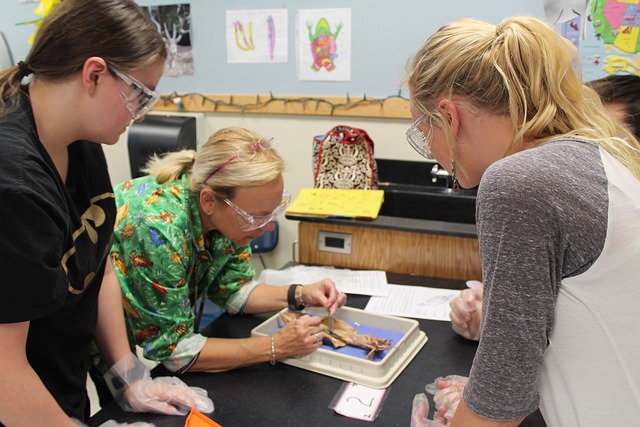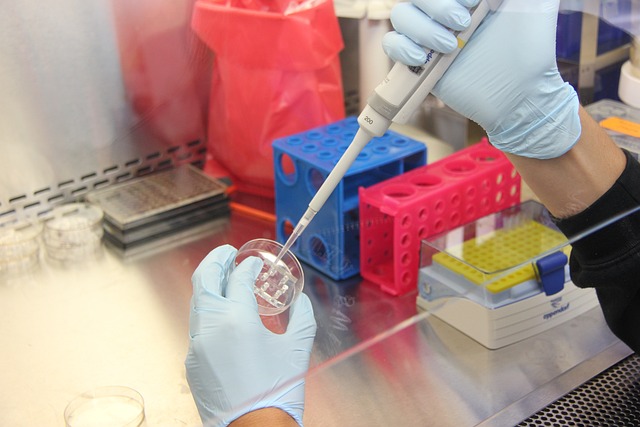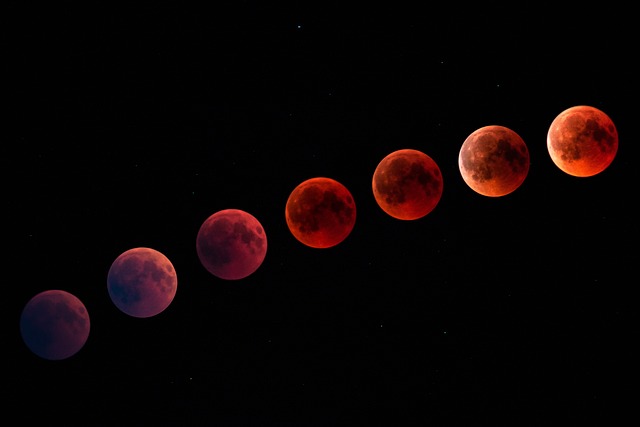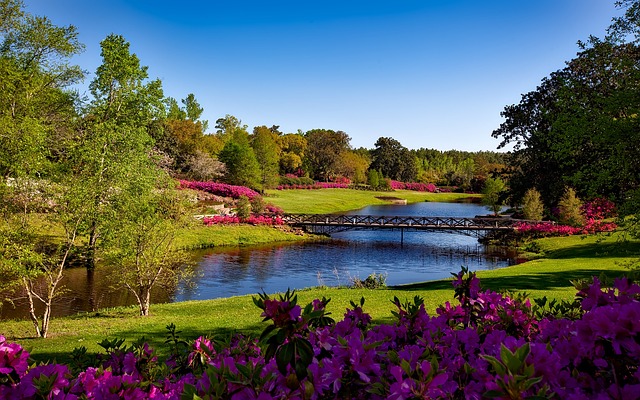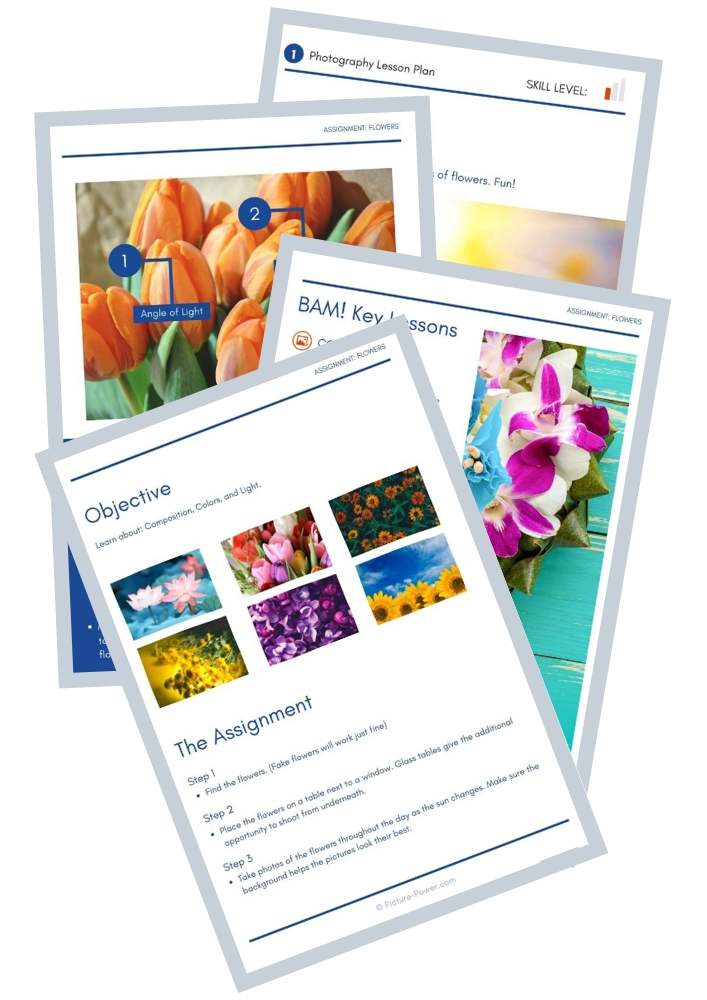Picture Power Quick Shots
8 ways to use photography IN your Science curriculum
In today's science education, the integration of photography offers an innovative approach to engage students and deepen their understanding of scientific concepts.
Let's delve into fresh and creative ways teachers can seamlessly incorporate photography into the science curriculum, fostering a more immersive and interactive learning experience.
Photography in Citizen Science Projects
Leverage photography in citizen science initiatives. Students can contribute to environmental studies by photographing local flora, fauna, or ecological changes.
By sharing their images with scientific organizations or apps like iNaturalist, students actively participate in real-world scientific endeavors.
Photography for Experimental Setups
Incorporate photography as a tool for documenting experimental setups and equipment configurations.
Students can capture images before and after experiments, aiding in understanding the scientific process, and enhancing lab reports or presentations with visual documentation.
Photo-Evidence-Based Conclusions
Challenge students to draw conclusions based on photographic evidence.
Provide images of environmental changes or ecological scenarios and ask students to formulate hypotheses and conclusions supported solely by visual evidence, fostering critical thinking and deduction skills.
Augmented Reality (AR) in Science Lessons
Explore AR applications that merge photography with science lessons.
Students can use AR to visualize anatomical structures or geological formations overlaid onto real-world objects, offering an interactive learning experience and a deeper understanding of complex scientific concepts.
Digital Storytelling in Science Narratives
Integrate digital storytelling through photography in science narratives.
Students can create photo essays or presentations that chronicle scientific processes or experiments, allowing them to communicate their findings creatively and engagingly.
Creative Visual Experiments
Engage students in visual experiments using photography.
For instance, exploring the refraction of light through different mediums or capturing the effects of temperature change on everyday objects.
These experiments encourage students to think visually and draw conclusions from their observations.
Capturing Time-Lapse Experiments
Encourage students to use smartphones to capture time-lapse videos or sequences of experiments in biology or environmental science.
For instance, documenting the growth of plants or the decomposition process allows students to observe gradual changes over time, enhancing their understanding of life cycles and ecological processes.
Environmental Documentaries and Photo Essays
Task students with creating environmental documentaries or photo essays.
Through photography, students document environmental changes, human impact, or ecological phenomena, promoting environmental awareness and advocacy through compelling visual narratives.
Incorporating photography into the science curriculum expands students' horizons, transforming abstract scientific concepts into tangible, relatable experiences.
By tapping into the visual medium, teachers empower students to explore, analyze, and communicate scientific knowledge creatively, fostering a deeper connection with the natural world and nurturing a generation of scientifically literate individuals.
Photography lesson plans pack (Printables)
Jump right into teaching photography with our exclusive Photography Lesson Plans pack.
Includes:
- 10 Photography Lesson Plans
- 1 Teacher's Guide
- 3 Photography Study Guides
- 30-Day Photography Challenge
- 1 Student Workbook
- 24 Cut-Out Photo Flash Cards
- 1 Photo Scavenger Hunt
